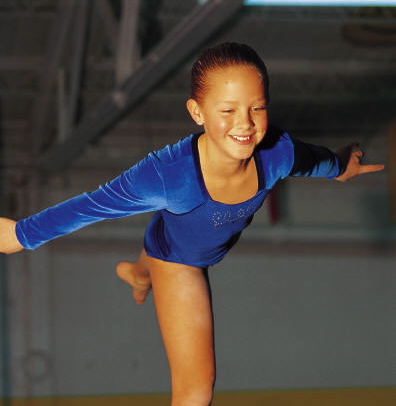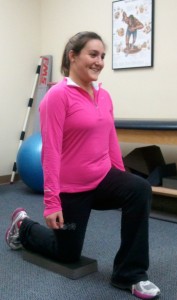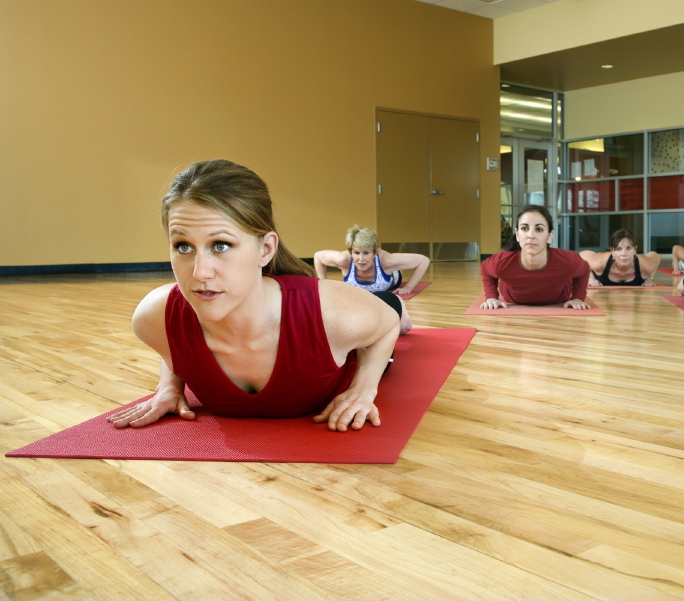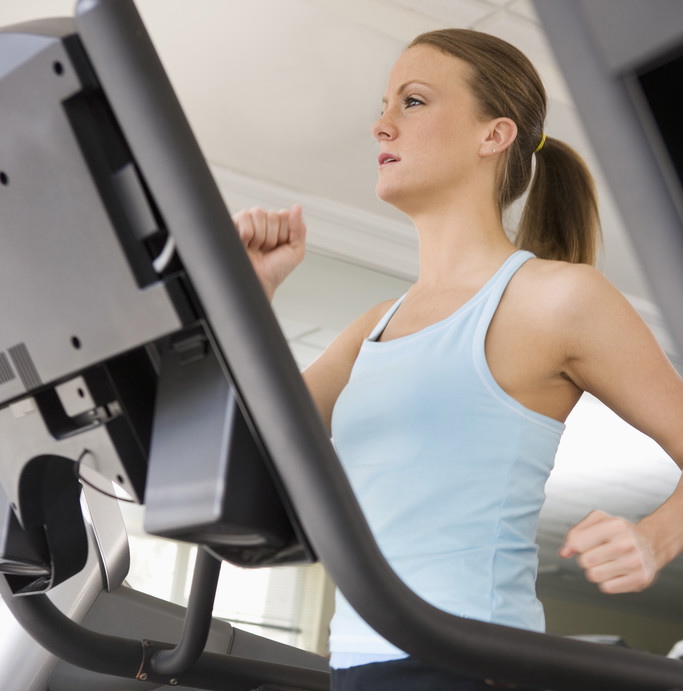
How is Your Balance? The Development, Deterioration, and Exercises to Improve Balance and Prevent Injury: Part 2
In Part 1, we discussed the development and deterioration of balance and the risk of injury associated with poor balance. In this article, we will discuss how to test your balance and how to improve balance with a simple exercise.
Testing Your Balance
Remove your shoes and stand on a firm surface with feet together, toes pointing forward, and arms hanging straight down at your side. Lift one foot off the floor so the hip and knee are at 90 degree angles (thigh is parallel to the floor). You should be able to maintain steady balance on each foot for at least 10 seconds without moving the stance foot, flailing the arms, or falling. You should also be able to balance with eyes closed for 10 seconds. If you are unable to balance for at least 10 seconds with eyes open and eyes closed, you have poor balance and exercises to improve balance should be performed.
 Balancing Exercises
Balancing Exercises
If you are unable to keep either foot off the ground for more than a few seconds, the best option is to start retraining your balance in a kneeling position. Place a pillow or folded towel on the floor for cushioning and kneel on one knee and place the other foot in front of you so the hip and knee are at 90 degree angles. The forward foot and the down knee should be hip width (about six inches apart). Kneel tall and not in a slouched posture. The goal of this exercise is to not fall over. If this is easy and you are balancing steady without losing good, tall posture or flailing the arms, try moving your forward foot towards the midline so it is closer to being inline with the down knee. This will make it a little more challenging because you are narrowing your base of support. If this is too difficult and you lose your balance and fall over, move your foot back out a bit so your balance is challenged, but you do not fall. Balance for about a minute and switch sides. Perform this exercise three times on each side. You can also close your eyes during this exercise which increases the difficulty.
After performing this simple exercise daily or a few times a week, you should see an improvement in your standing one leg balance time.
“How long will I need to do these balance exercises?”
Once you are able to balance steady on each leg for 10 seconds with eyes open and eyes closed, it is a good idea to test it on a weekly, bi-weekly or monthly basis. If you pass both tests on each leg, your balance is being maintained. If you do not pass, you will need to revisit the exercises.
Good balance is something you either still have or you have lost due to an injury, misalignment, pain, poor movement habits, too much of one activity or too little of another activity. Poor balance increases the risk of injuries, such as falls. In seniors, the most serious injury is a broken hip in which up to one-third are unable to recover and die within one year. The good news is many of these falls and fatalities can be prevented. Poor balance can easily be identified and corrected with this simple exercise to improve balance.
Editor’s Note: Some people’s balance may not improve with this exercise. This may be due to one of the medical problems mentioned in Part 1 of this article that is causing poor balance. It may also be due to a more fundamental movement pattern that needs to be addressed with a different exercise approach. If you do not see an improvement in your balance and would like more information, you can contact our office.


